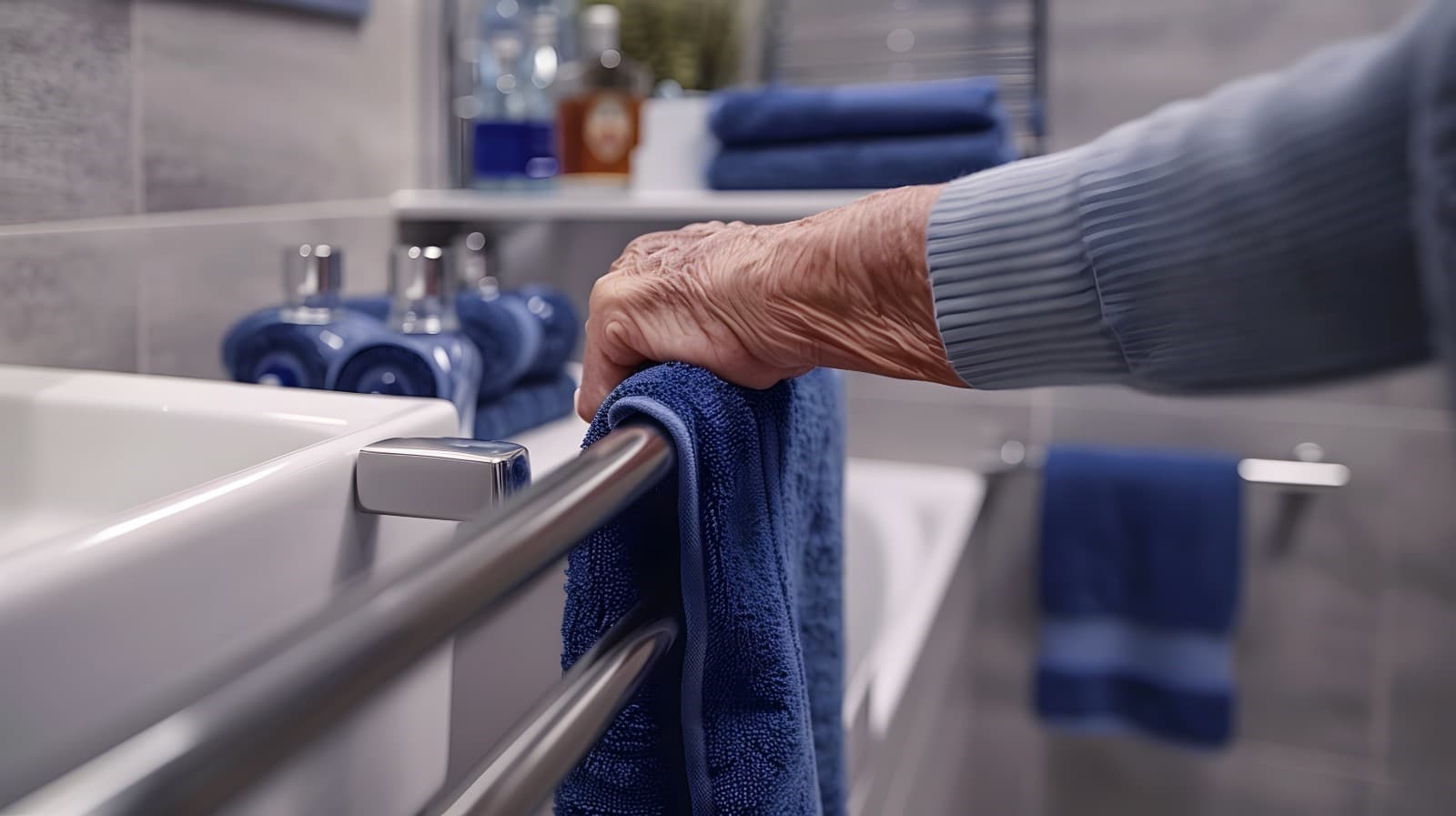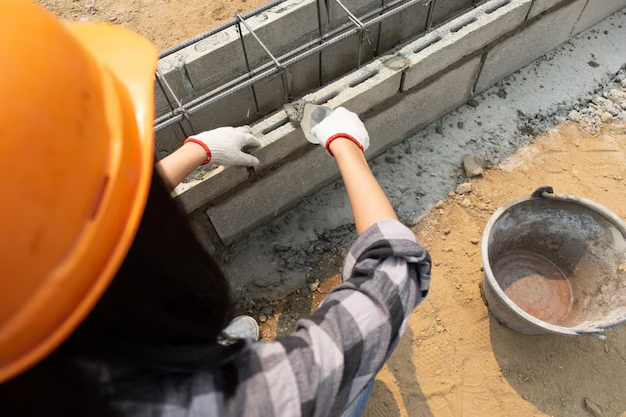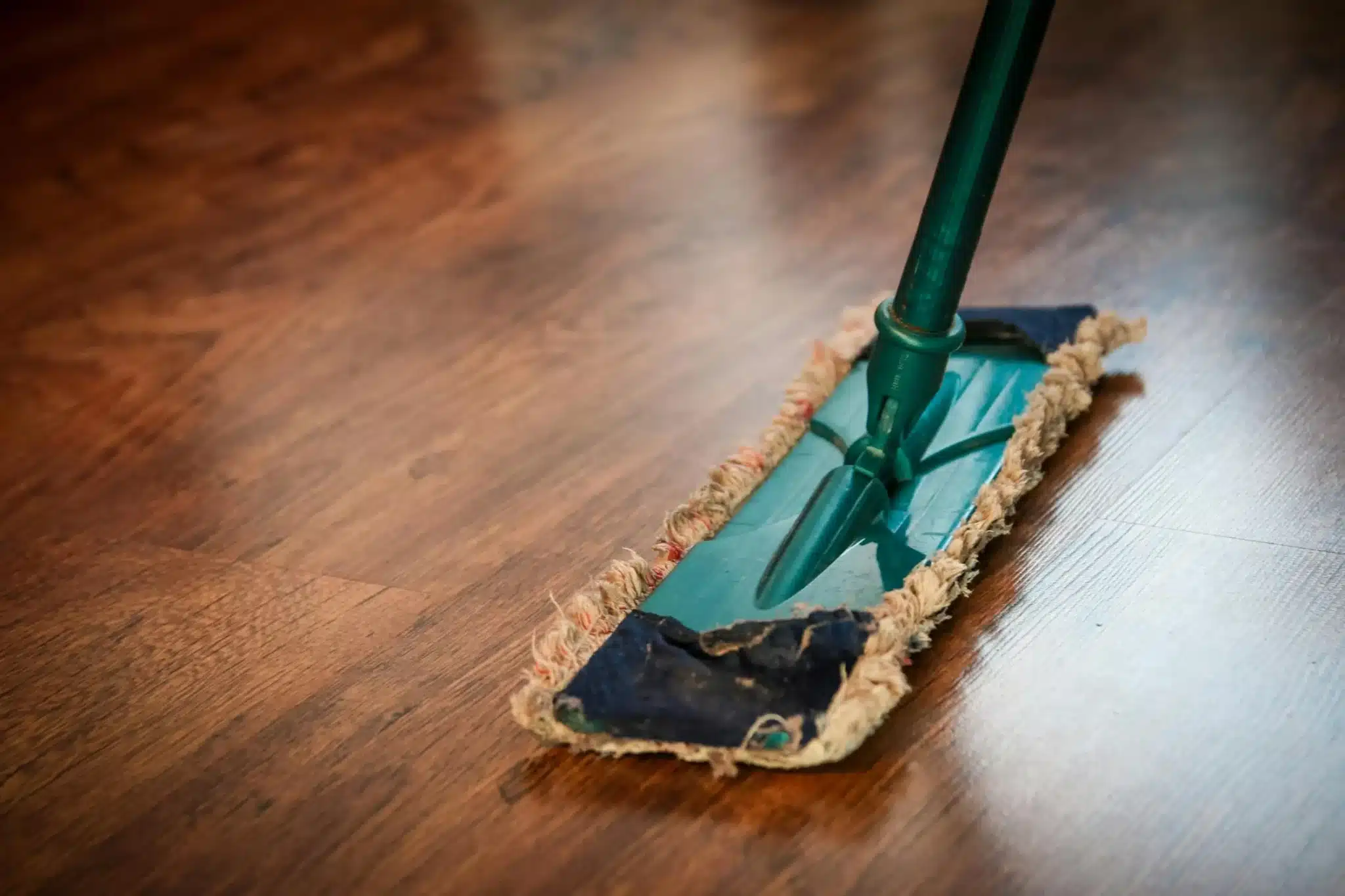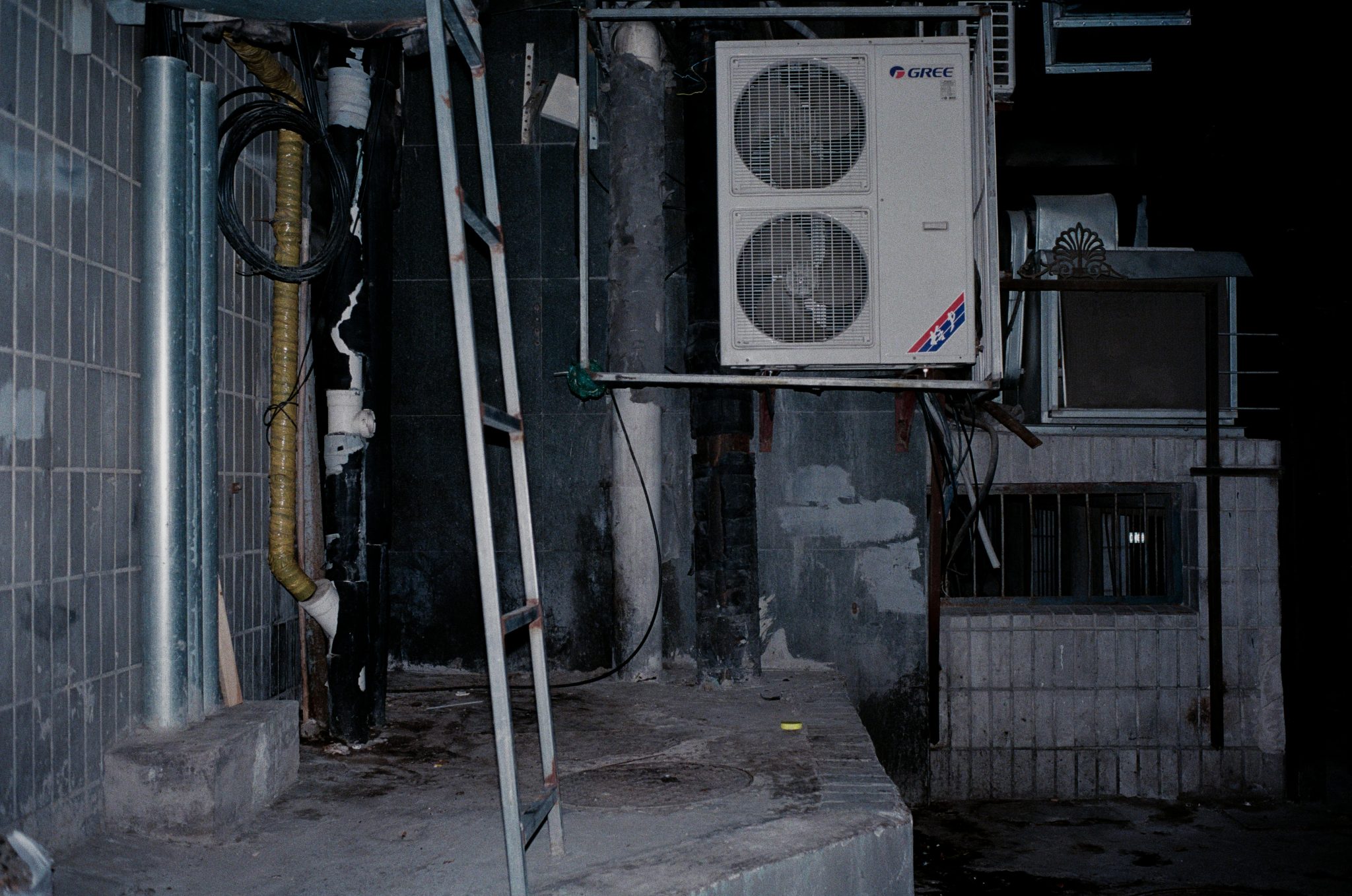Preventing Falls at Home: Tips for Each Room
As you grow older, the idea of aging in place becomes more appealing, especially when you consider the skyrocketing costs of nursing care.
In 2023, for instance, the average annual cost for a semi-private room in a nursing home was around USD$104,000, and if you wanted a private room, that figure jumped to USD$117,000. And it’s only going up—by 2030, those prices are expected to hit USD$128,000 and USD$144,000 per year, respectively.
However, opting to age in place presents its own set of challenges, with fall prevention being a critical concern. The World Health Organization (WHO) recognizes falls as a major public health issue.
Globally, they’re the second leading cause of unintentional injury deaths, and in 2022 alone, more than 3,000 fatal falls happened each month among adults 65 and older. That adds up to a staggering 40,923 fatal fall injuries in just one year.
To address these risks, a range of proactive measures can be implemented. From conducting thorough walkthroughs of each area in your home and identifying potential tripping hazards to considering passive patient monitoring devices, implementing some nifty adjustments goes a long way in reducing fall risks and creating a safer living environment.
Living Room: The Heart of the Home
Your living room is where life happens, and it’s probably where a fall might happen, too. Start simple: clear out any tripping hazards like randomly placed magazines, rogue shoes, or sneaky cords. Next, how about a furniture shuffle? Arrange everything to open up the space, ensuring there’s plenty of room to move freely without obstacles.
Lighting is a big deal when it comes to preventing falls at home, too. So, make sure your space is illuminated properly, especially in the evenings. You can pop in some additional lighting, like table lamps or strategically placed nightlights that light up the usual pathways.
You might also want to think about bringing in expert fall prevention services who can give you a tailored fall risk assessment and advice after checking out your home.
Kitchen: The Culinary Corner
Ah, the kitchen. It’s the command center for culinary adventures but also a hotspot for slips and trips, particularly for older people. First order of business when preventing falls at home: check that flooring. Is it slip-resistant? If not, there’s your start. Throw down some anti-slip mats where spills are likely—think in front of the sink and stove.
Organization is also your friend here. So, keep those often-used items within easy reach. Stretching or climbing on stools to grab that top-shelf pasta sauce? Not ideal. And hey, clear off those counters while you’re at it. A clutter-free kitchen is a safer kitchen, not just for older people but for everyone at home.
And lighting—make it bright enough to safely chop those veggies. Under-cabinet lights can also be great for zeroing in on counter tasks without casting shadows.
Bathroom Basics for Safety

The bathroom can be a danger zone for older adults, what with all the slick surfaces and water around. Start by installing some sturdy grab bars near the toilet, shower, and tub to help everyone stay on their feet.
Stick down some non-slip mats or strips in the shower or tub to keep things steady, too. Thinking about a shower chair for older adults might not be a bad idea either—it’s great for safety and helps keep independence intact.
The toilet’s height is another factor to consider. A raised toilet seat or a taller toilet can make it much easier to sit down and stand up, which can help prevent falls at home. These simple changes can really boost bathroom safety.
Bedroom Fixes for a Good Night’s Rest
Your bedroom should be your safety net, not a trap. It might come as a surprise, but bedrooms are actually one of the most common spots for indoor falls, accounting for 25% of incidents. That’s right—the place where you should feel safest can be a hotspot for accidents if you’re not careful.
Start by checking the height of your bed; it should be easy to get in and out of without a struggle. Adding bed rails can offer that extra bit of security if you need it. And don’t forget to clear the decks—keeping the area around your bed free of clutter is crucial. Those middle-of-the-night trips to the bathroom are already risky without having to dodge obstacles along the way.
A solid nightstand within easy reach is perfect for keeping your essentials handy, minimizing the need to get up and move around at night. Good lighting is also essential—soft but sufficient. Consider a bedside lamp or some gentle motion-activated lights that guide the way in the dark.
Hallway Hints for Keeping Clear
Hallways often go unnoticed, but think about how often you use them. So, keep them clear—no shoes, bags, or furniture to dodge. Good lighting is also key, especially at night. Those motion-sensor lights can be perfect here too, lighting up as you pass, making sure you don’t miss a step.
Smooth, even flooring is the way to go when preventing falls at home. Got rugs? Secure them down or skip them altogether to keep your walkway safe and sound.
Stair Safety: Steps to Success
Stairs can be a real challenge when it comes to preventing falls at home, especially considering that nearly 22.9% of indoor falls happen on the stairs, making this area one of the biggest risks in your home.
Start by ensuring there are sturdy handrails on both sides that run the full length of the stairs. This added support can make a world of difference. Good lighting is also crucial—brighten up the top and bottom of your stairs and consider adding some motion-activated lights for extra home safety.
Check that any carpeting is firmly secured, and think about adding some non-slip treads for more grip, especially on wooden or tile stairs. Keep an eye out for wear or damage, too, and sort out any issues promptly to avoid mishaps.
Outdoor Safety Measures
Outside matters just as much. Uneven pathways, wonky porch steps, or that slippery driveway during winter—these are all fall invitations. Level out any paths and make sure they’re free of hazards.
Lighting outside is just as important as inside. So, install bright lights along walkways, stairs, and entryways to make sure everything is visible. Motion-activated lights are also a good choice for both added security and energy efficiency.
If there are steps leading to your entrance, think about installing handrails on both sides. These handrails can provide extra support and help with fall prevention when you’re coming and going. Moreover, make it a habit to regularly check outdoor areas for fall hazards, like loose stones or debris, and address any issues as soon as you spot them.
Garage and Basement: Keep It Tidy
Last but not least, when it comes to preventing falls at home, your garage and basement—are often the land of ‘I’ll sort it later.’ Well, later is now. Clear out any clutter, make sure walkways are wide open, and keep everything in its place.
Lighting is also vital. Make sure it’s bright enough to see everything clearly, adding extra lights to work areas to avoid any mishaps. Steps should be sturdy, with handrails if necessary, and perhaps some non-slip surfacing for those damp areas.
Wrapping Things Up
Preventing falls at home is really important, especially as more seniors choose to age in place. By making thoughtful changes in each room, you can create a safer home environment that supports independence and reduces the risk of injury. Take these safety tips, tweak your spaces, and keep every corner of your home safe. After all, a little care and effort now mean a lot of peace of mind later.







